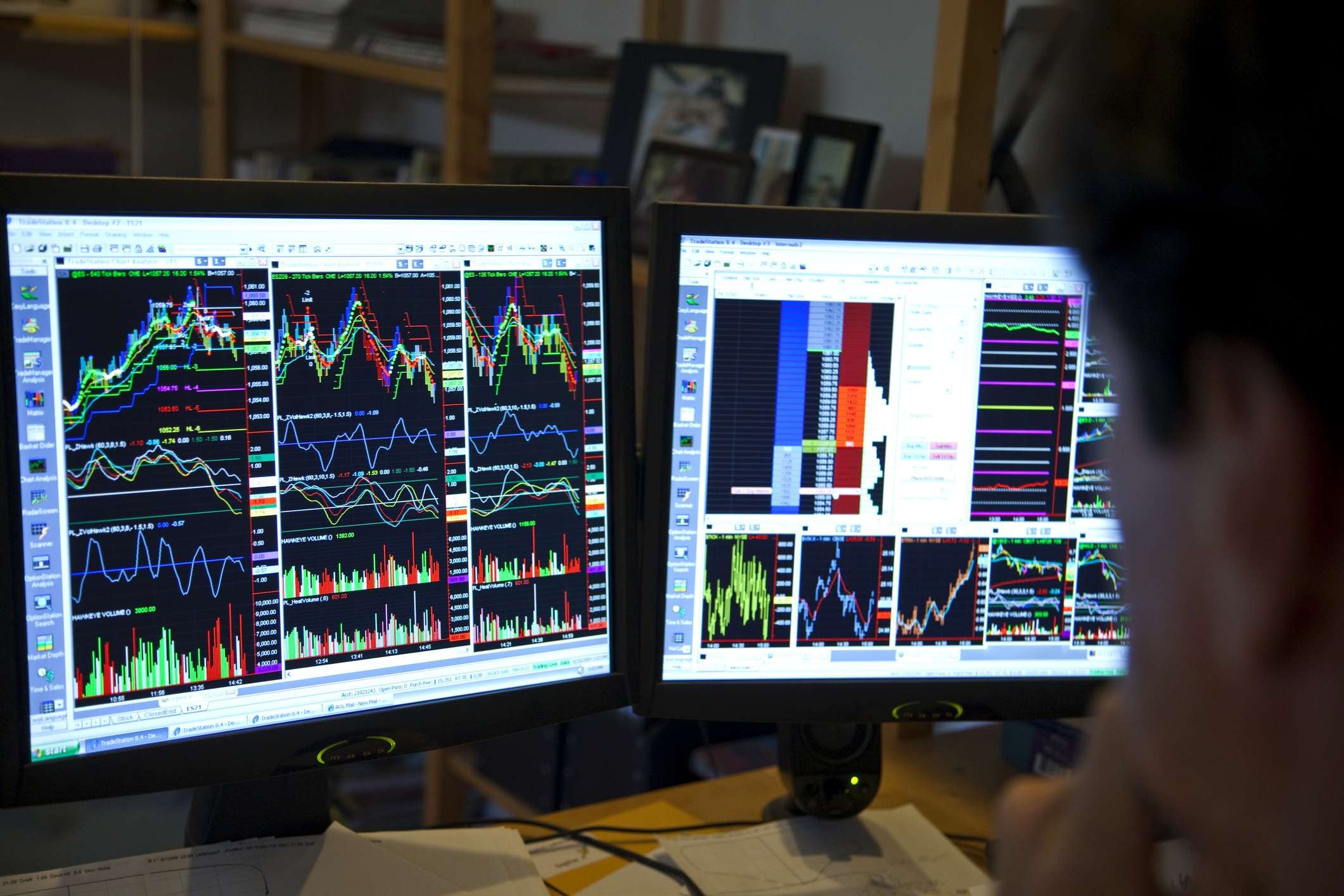After four weeks of gains, European and US markets ran out of puff last week, with the DAX and S&P 500 retreating from technical resistance levels, although the FTSE 100 managed to finish the week higher.
Both the DAX and S&P 500 retreated from trend line resistance from the highs this year, while the S&P 500 was also rebuffed by the 200-day SMA, prompting questions as to whether this is as good as it gets for this rebound off the lows? Asia markets were also mixed with Chinese markets rising after the PBOC cut its 1- and 5-year lending rates in an attempt to give the economy and an economic boost. While welcome this is unlikely to help much with loan demand weak and the government determined not to relax its zero-covid policy.
For the most part last week’s weakness was prompted by big jumps in headline inflation in the UK and Europe, with UK CPI in July pushing into double digits for the first time ever, while German PPI surged by 5.3% month on month, and to an eye-watering 37.2% year on year.
When set against European and UK gas prices continuing to trade at record highs, and set to go higher after Russia announced they would be closing Nord Stream One for three days at the end of the month, the penny appears to have dropped that central banks are likely to have to go much harder on rate increases if they are to have any chance of getting on top of the inflation genie. This realisation, has in turn, prompted a sharp sel-loff in bond markets, pushing yields sharply higher on both sides of the Atlantic, while the US dollar rose sharply, posting its highest weekly close in over a decade.
While inflation in Europe is showing little sign of slowing down, in the US there is some optimism that we may well have seen a short-term peak, after the equivalent US CPI measure saw a sharp decline. This optimism did prompt some speculation that this slowdown in inflation could prompt the Federal Reserve to soft pedal on its rate hiking cycle. This comes across as wildly optimistic if some of the recent commentary from senior Fed officials is any guide over the past few weeks, in a sign that perhaps markets don’t truly believe the messaging.
As such, this week could well be a challenge for market sentiment, where there still seems to be a hard-core cohort who believe the Fed will start cutting rates sometime next year. While this week’s US PCE inflation numbers are likely to confirm the slightly softer US inflation numbers, they are unlikely to be sufficient to shift the narrative enough to shake the complacency of those who still think a Fed pivot may be coming.
This is why this week’s Jackson Hole symposium is so important as it could well set the tone for the rest of the year, as it has done on previous occasions over the last 10 years. As such the focus this week is set to be on Fed chairman Jay Powell’s speech at the end of the week. With US CPI at 8.5% and the Fed Funds rate down at 2.5%, headline rates are likely to have to go quite a bit higher from where they are now, with the consensus of at least another 1.5% of hikes by year end, which means at least one of those will need to be a 75bps hike given there are only three Fed meetings left this year.
Furthermore, the idea that the Fed would start to reverse its rate hiking cycle if inflation is still well above 2% comes across as inconceivable, and it’s surprising that the market is even pricing it. This week Powell could prick that misconception. The question is will he?
EUR/USD – outlook continues to darken for the euro as we head towards 0.9950 and the previous lows. The 0.9620 level remains the next key support if we break lower. The 1.0220 area now becomes minor resistance, followed by major trend line resistance from the January highs at 1.0340.
GBP/USD – the possibility of a break higher has diminished sharply with the next key support now at the previous lows at 1.1760. A move below 1.1760 targets the lockdown lows of March 2020 at 1.1500. Resistance comes in at 1.1980 area.
EUR/GBP – ran out of steam just above the 0.8510 area last week, with broader resistance up at around 0.8520. Still range trading with decent support down near the 0.8400 area.
USD/JPY – broken above the cloud and 50-day SMA with the move through 136.30, now opening up the previous highs at 139.40. Now have support at 136.30.
CMC Markets erbjuder sin tjänst som ”execution only”. Detta material (antingen uttryckt eller inte) är endast för allmän information och tar inte hänsyn till dina personliga omständigheter eller mål. Ingenting i detta material är (eller bör anses vara) finansiella, investeringar eller andra råd som beroende bör läggas på. Inget yttrande i materialet utgör en rekommendation från CMC Markets eller författaren om en viss investering, säkerhet, transaktion eller investeringsstrategi. Detta innehåll har inte skapats i enlighet med de regler som finns för oberoende investeringsrådgivning. Även om vi inte uttryckligen hindras från att handla innan vi har tillhandhållit detta innehåll försöker vi inte dra nytta av det innan det sprids.






